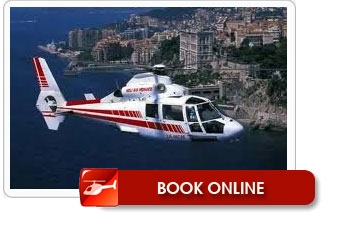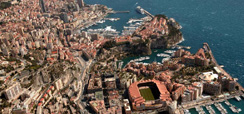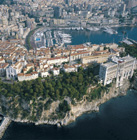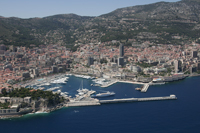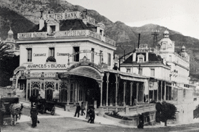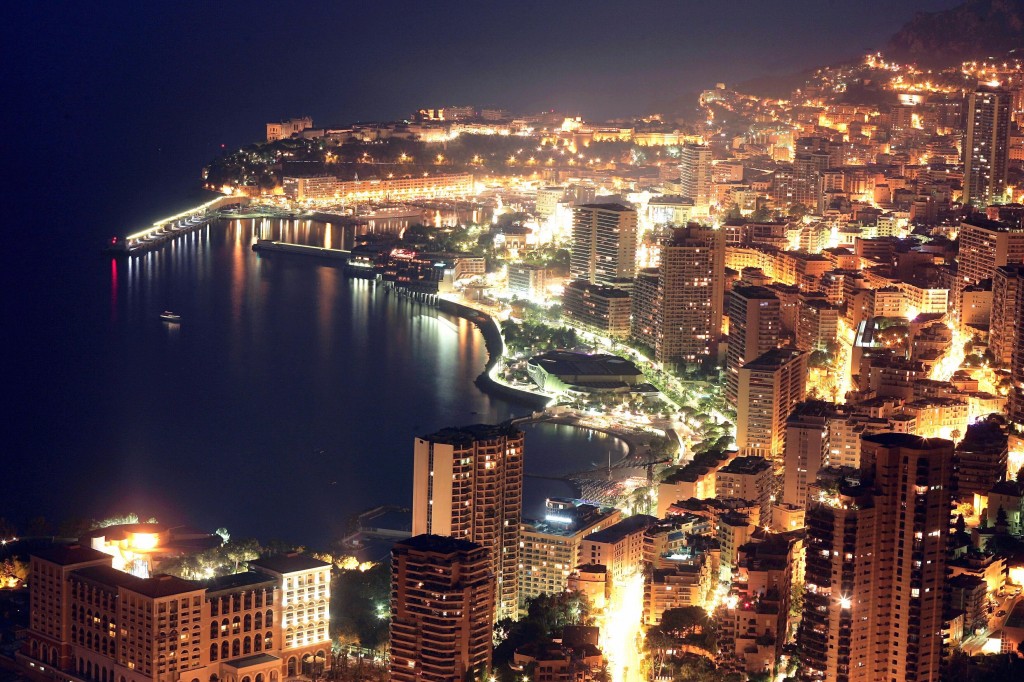The Principality of Monaco is an
independent state which is easily accessible by all of its land
borders. Monaco is linked to France and other European nations by a
network of highways
|
||||||||||||||||||||||||
|
|
By train
All international trains stop at the
train station in Monaco-Monte-Carlo : the Ligure which links
Marseille and Milan, the "train bleu" which links Paris and
Ventimiglia, the T.G.V. (high-speed train) between Nice and Paris,
or have at least a connecting train from the Principality.
|
By ship
Large cruise ships can dock in
Monaco. The Principality's two ports are equipped to greet
pleasure-boats :
the
Port Hercule, is 39.52 square acres. This legendary port offers
mooring and anchoring possibilities for five hundred vessels some of
which are extremely large. With the growing development of maritime
tourism, Monaco is today the starting point or terminus for many
Mediterranean cruises. Monaco's shores, in summer, are fantastic
viewpoints for its international fire-work competitions. The Port
of Fontvieille integrated into the new district, can receive in
its 19.76 acres of water as many as 60 vessels of at least 30 meters
in length. At close proximity, the Port of Cap d'Ail is also a
choice destination for pleasure-boats.
|
By plane
The Nice-Côte-d'Azur International
Airport , located 22 kilometers from Monaco, links the Principality
to the major cities of the world. Confortable and rapid travel is
ensured by numerous direct flights.
|
||||||||||||||||||||||||||||||||||||
|
En helicoptère
|
The Principality is only 7 minutes away from the
airport if you take one of the numerous daily helicopter flights.
During the flight, you will discover the most beautiful shores of
the Côte d'Azur. Upon arrival, a shuttle will take you to your
desired destination.
|
Car rental or taxi
|
If you are in a hurry, we suggest
taking the highway (autoroute). The existence of a specific and
direct exit for Monaco will allow for arrival in approximately 20
minutes. If you prefer a scenic drive, take the low or middle
coastal roads (known as the Basse and Moyenne Corniche). You will
discover unforgettable panoramic views.
By bus
Regular bus service links the airport
to the Principality in 45 minutes.
|
